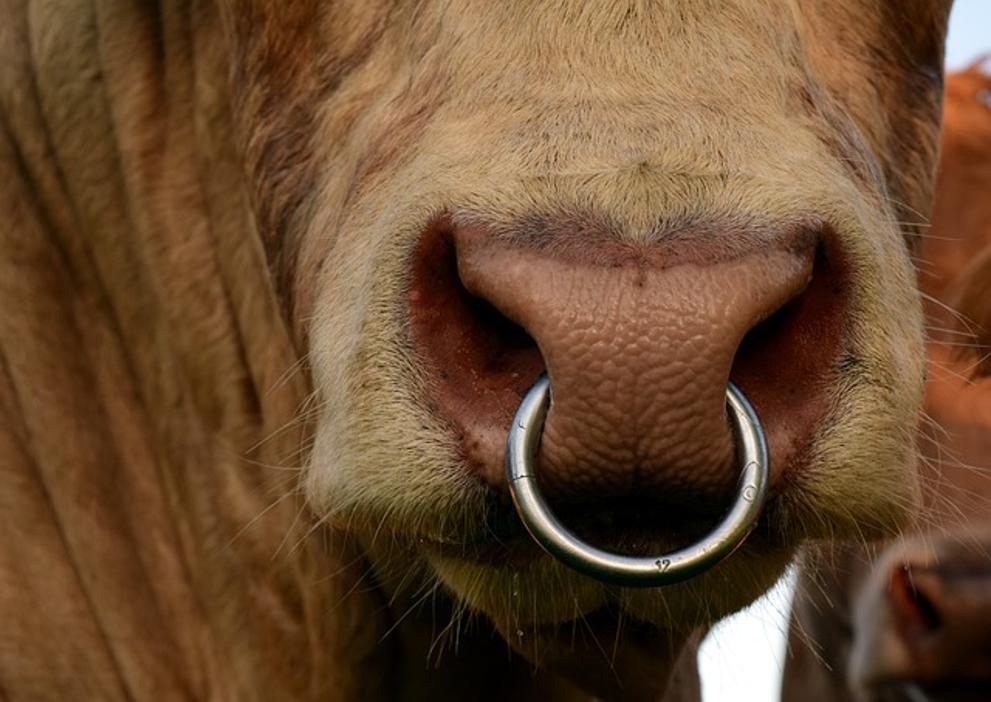Introduction
Nose rings have long been celebrated for their cultural significance and stylish appeal. While much attention is given to their external appearance, understanding the inside of nose rings is equally crucial for comfort and safety. This comprehensive guide delves into all aspects of nose ring interiors, including types, materials, fit, and maintenance.

Types of Nose Rings and Their Internal Features
Nose rings come in various styles, each with unique internal features that influence comfort and positioning:
- Hoops: Circular rings with a smooth, curved internal surface, making them easy to insert and maintain.
- Studs: Featuring a straight post with a decorative end, studs have a flat or rounded back that remains inside the nostril to prevent irritation.
- L-shaped: These have a right-angle bend inside, providing secure yet comfortable placement.
- Nostril screws: With a twisted internal design, these ensure a snug, secure fit.
Understanding these types helps in selecting the right nose ring for your piercing. Equally important is the material used for these internal parts, as it directly affects comfort and durability.
Understanding the Materials Used for Inside of Nose Rings
The material of your nose ring plays a vital role in ensuring comfort and avoiding adverse reactions:
- Surgical Stainless Steel: Known for its hypoallergenic properties, making it safe for most people and resistant to skin reactions.
- Titanium: Lightweight and strong, titanium is ideal for those with sensitive skin due to its hypoallergenic nature.
- Gold: Opt for 14K or 18K gold to minimize skin irritation. Pure gold or lower karat gold can cause issues.
- Bioflex: A flexible plastic often recommended for new piercings, reducing the risk of irritation and enhancing comfort.
Choosing the right materials helps you enjoy your nose ring without any discomfort. The fit is just as crucial as the material, determining how well the nose ring sits and feels.

How to Choose the Right Inside Fit and Material for Your Nose Ring
Selecting the correct fit and material is key to ensuring long-term comfort and safety:
- Material Consideration:
- Choose hypoallergenic materials like surgical steel or titanium to avoid allergic reactions.
- Avoid nickel-containing alloys, which can cause skin irritation.
- Fit Choice:
- Measure your piercing’s thickness to select the appropriate gauge.
- Ensure adequate length to prevent tightness or excessive movement.
- Professional Consultation:
- Seek advice from a reputable piercer for personalized recommendations and fitting.
- Monitor any reactions to different materials and adjust as necessary.
By considering these factors, you can select a nose ring that not only suits your style but also provides the utmost comfort. Proper maintenance follows as a critical step to ensure your nose ring remains in perfect condition.
Maintenance Tips for the Inside of Your Nose Ring
Proper maintenance is essential for extending the comfort and longevity of your nose ring:
- Regular Cleaning:
- Clean the inside of your nose ring daily with a saline solution or gentle cleanser.
- Avoid harsh chemicals that might cause irritation.
- Inspections:
- Regularly check for signs of wear or damage.
- Replace the nose ring if you notice any irregularities.
- Professional Check-ups:
- Schedule periodic visits to your piercer for thorough inspections.
- Follow additional aftercare advice from professionals.
Maintaining your nose ring properly ensures continued comfort and aesthetic appeal. It’s also important to address any issues promptly to avoid complications.

Common Issues and Troubleshooting
Addressing common issues promptly can prevent further discomfort or complications:
- Irritation and Redness:
- Ensure your nose ring is made from hypoallergenic materials.
- Regularly clean the piercing and ring.
- Infections:
- Seek medical advice if you notice persistent swelling or discharge.
- Avoid touching the piercing with dirty hands.
- Discomfort:
- Verify that the gauge and length are suitable for your piercing.
- Opt for internally threaded rings to minimize irritation from threaded ends.
Proactive management of these issues helps maintain the health and comfort of your nose piercing.
Conclusion
Understanding the inside of nose rings goes beyond aesthetics, focusing on comfort, safety, and proper maintenance. By choosing the right type, material, and fit, and following thorough maintenance procedures, you can enjoy your nose ring without any worries. Use this guide to make informed choices and confidently care for your nose jewelry.
Frequently Asked Questions
What materials are best for the inside of nose rings?
Hypoallergenic materials like surgical stainless steel, titanium, and 14K or 18K gold are best.
How often should I clean the inside of my nose ring?
Clean the inside of your nose ring daily using a saline solution or a gentle cleanser.
What should I do if the inside of my nose ring is causing irritation?
Ensure the nose ring is hypoallergenic, clean it regularly, and consult a professional if the irritation persists.
